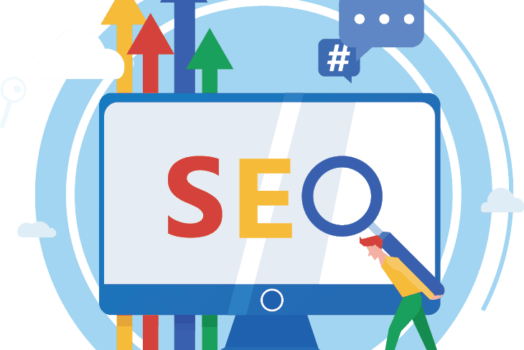If you are looking to achieve high rankings for your website with search engine optimization, you will probably focus on content and keyword optimization. Surprisingly, the design of your website has an equally significant role to play. Web design and SEO work in tandem, and it is something most people fail to realize. It is vital to understand the relationship between them to fine-tune your search strategy for the best outcomes. Here are some ways your website design influences SEO.
Good readability makes the site user-friendly
If you want to improve your SEO, content should be your top priority. But it shouldn’t only be about the quality of content, as good readability is equally important. A lot depends on content placement when it comes to readability. Pages with content blocks in strange places cannot retain the attention and interest of the visitors, and they are likely to bounce off. Good web design presents content in an eye-pleasing and easy-to-read format so that visitors stay and convert.
Easy navigation is equally crucial
Design is also about the navigation on your site, and a good one makes it as simple as possible. If visitors have to struggle to navigate between pages or find something specific on your website, consider it a design flaw. It means that the site is not user-friendly, and you can expect your search ranking to fall eventually or never even reach the top in the first place.
Mobile-friendliness gets you ahead
If you want to secure the best SEO results within minimal time, ensure that you have a mobile-friendly site. A reputed Web Design agency will prioritize responsiveness because it is one of the critical ranking factors. The site should render seamlessly on mobile devices because it keeps the bounce rate in check. Moreover, you cannot afford to miss out on the mobile audience because most users search with mobile devices.
Website speed drives technical SEO
The design also affects the site speed, which is one of the key elements of technical SEO. A cluttered design with too many elements can take ages to load, and it can have a far-reaching impact on rankings. A slow site is considered to deliver a poor user experience, so you can expect users to bounce away quickly. Moreover, Google can penalize it for the same. Even a couple of seconds extra can land you in trouble, but ensuring that you have a flawless design covers you on the speed front.
User trust for better rankings
A professional web design is more likely to win user trust, which again translates into higher rankings. Going the extra mile to create a clean and clutter-free interface can give you a head start with user trust. Similarly, judicious placement of elements like user reviews and product stories can also capture their attention and trust. They are likely to stay longer, convert, and come back again for repeat shopping.
Web design and SEO are closely related, and businesses that can leverage this relationship can make it to the top. It makes sense to evaluate your existing design and follow these principles to get a step ahead with rankings.



